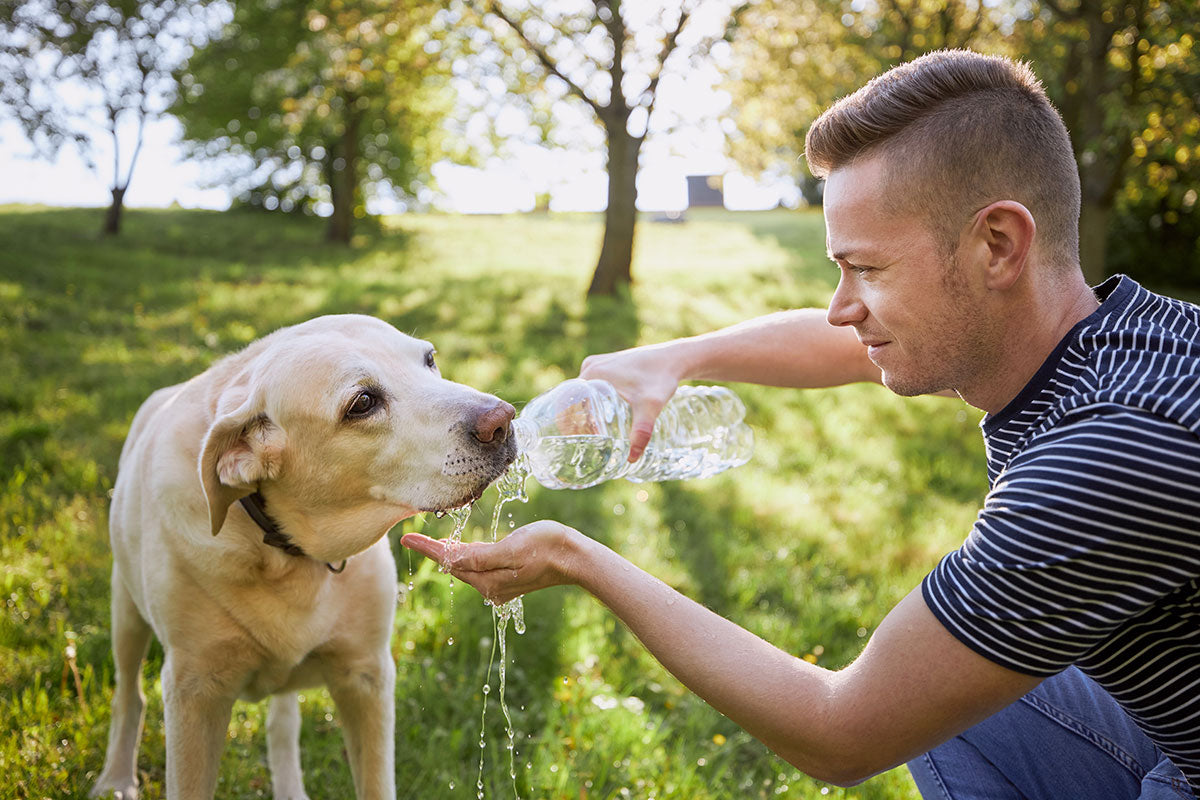Overheating in dogs can quickly escalate to heatstroke, a life-threatening condition. Knowing how to respond promptly and effectively can make all the difference. Here are essential emergency tips for cooling down an overheated dog.
Recognising Signs of Overheating
First, it’s crucial to recognise the signs that your dog is overheating. Symptoms can include:
- Excessive panting
- Drooling
- Rapid heart rate
- Lethargy
- Vomiting or diarrhoea
- Bright red gums and tongue
- Uncoordinated movements or collapse
If your dog shows any of these symptoms, immediate action is needed.
Immediate Actions to Cool Down Your Dog
1. Move to a Cool Area
Quickly get your dog out of the heat and into a shaded or air-conditioned area. If indoors, place your dog in front of a fan or air conditioning unit.
2. Offer Water
Provide cool, fresh water for your dog to drink. Allow them to drink small amounts frequently, but don’t force it. Drinking too much at once can lead to vomiting.
3. Apply Cool, Wet Towels
Use wet towels or clothes to gently cool your dog. Focus on areas with less fur and better blood circulation, such as the neck, armpits, and groyne. Avoid using ice or very cold water, as this can cause blood vessels to constrict and trap heat inside the body.
4. Use a Fan
Enhance the cooling effect by using a fan. Direct the airflow towards your dog to help dissipate heat more quickly.
5. Submerge Paws in Cool Water
Placing your dog’s paws in cool water can help lower their body temperature. Ensure the water is not too cold to avoid causing shock.
Monitoring and Aftercare
After performing the initial cooling steps, continue to monitor your dog’s condition. Even if they appear to recover, it’s essential to seek veterinary care. Heatstroke can cause internal damage that might not be immediately visible.
Check Body Temperature
If you have a pet thermometer, take your dog’s rectal temperature. A dog’s normal body temperature ranges from 38°C to 39.2°C. If their temperature is above this, continue cooling efforts until it drops to a safer level.
Keep Calm and Quiet
Minimise your dog’s activity and stress levels during recovery. Provide a quiet, comfortable place for them to rest and cool down.
Long-term Prevention Strategies
Preventing overheating is crucial to avoid emergencies. Implement these strategies to keep your dog safe during hot weather:
Avoid Peak Heat Hours
Walk your dog early in the morning or late in the evening when temperatures are cooler. Avoid strenuous activities during the hottest parts of the day.
Provide Plenty of Water and Shade
Ensure your dog has constant access to fresh water and shaded areas, whether indoors or outdoors. Consider using portable shade structures during outdoor activities.
Use Cooling Products
Invest in cooling products such as dog cooling mats, cooling jackets for dogs, and towels designed to help regulate your dog’s body temperature. These products can provide relief during hot weather.
Monitor for Signs of Overheating
Stay vigilant and watch for signs of overheating, especially in high-risk dogs. Breeds with short noses (brachycephalic), older dogs, puppies, and those with medical conditions are more susceptible to heat-related issues.
Consulting Your Vet
If you’re unsure about the best ways to keep your dog cool or if they have pre-existing health conditions that make them more vulnerable to heat, consult your vet. They can provide tailored advice and recommend appropriate cooling products and strategies.
Final Thoughts
Knowing how to respond quickly and effectively to signs of overheating can save your dog’s life. By taking immediate action and following these emergency tips, you can help your dog cool down and recover safely. Remember, prevention is key. Implementing long-term strategies will ensure your dog stays comfortable and healthy during hot weather.


